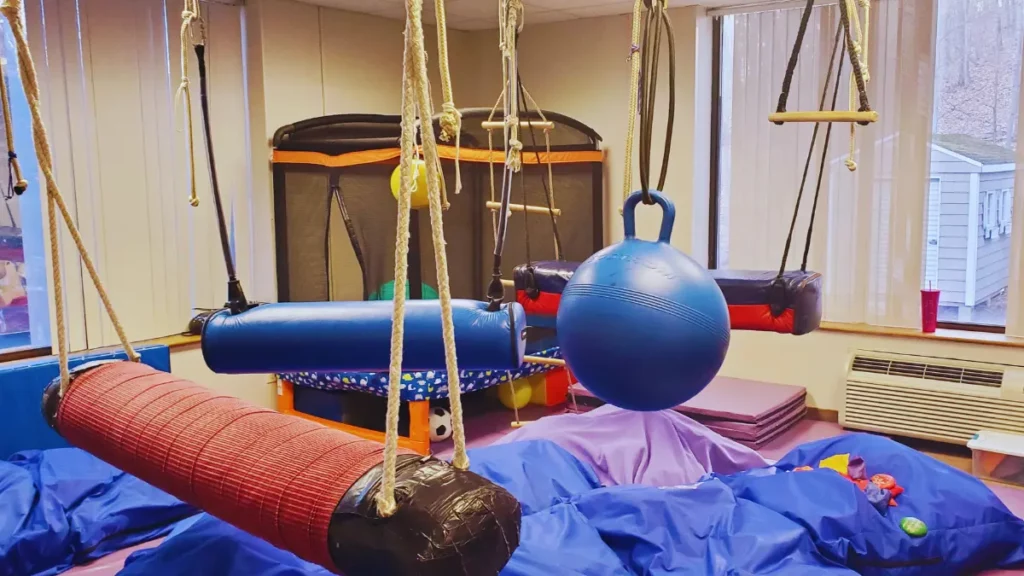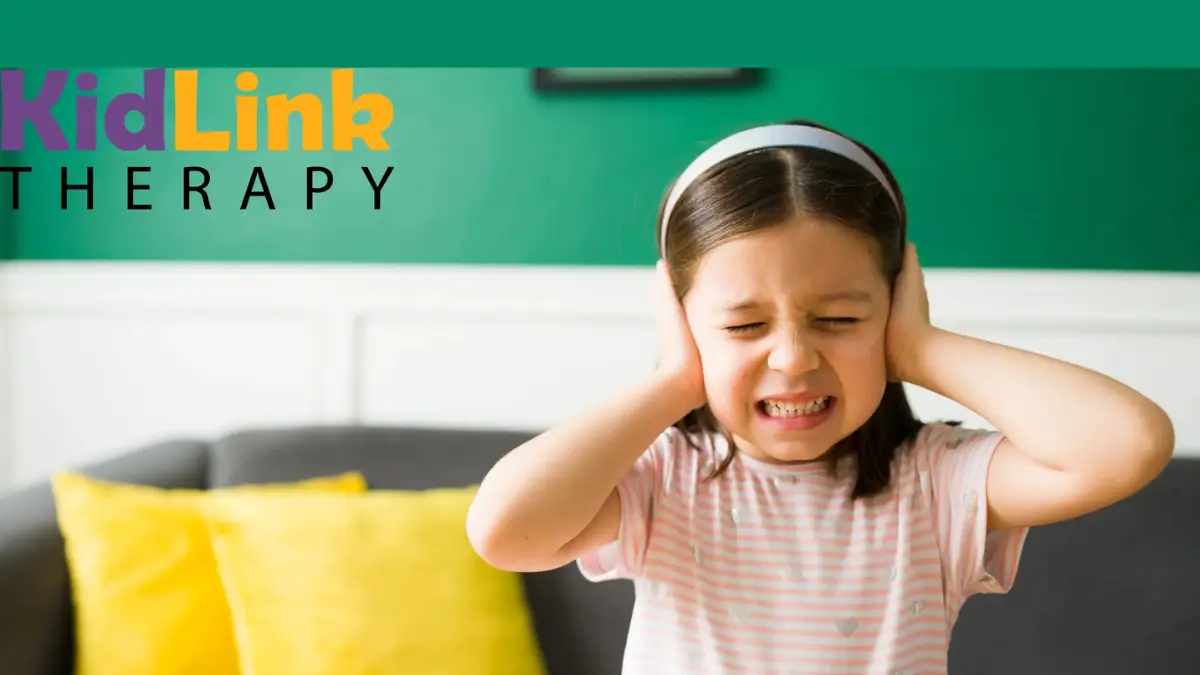How to Recognize and Respond to Your Child’s Behavioral Outbursts or Sensory Overwhelm
As a parent, it can be tough to figure out what’s going on when your child starts acting out—especially when their emotions seem to take over. Whether it’s a sudden tantrum or them withdrawing into themselves, understanding the difference between a behavioral outburst and sensory overwhelm is essential. Knowing how to respond can help you provide the right support for your child during these difficult moments.
Behavioral Outbursts: What You Need to Know
Behavioral outbursts are intense emotional reactions triggered by frustration, unmet needs, or difficulty expressing themselves. These outbursts are usually short-lived, but they can be disruptive. When a child experiences a behavioral outburst, they might shout, cry, or even lash out physically. These behaviors often happen when something triggers their emotions, like struggling to transition from one activity to another or facing expectations that feel overwhelming.
To recognize behavioral outbursts, look for these signs:
- Triggers: Unmet needs, changes in routine, or social stress.
- Post-Outburst Behavior: After the outburst, your child may feel remorseful, exhausted, or even relieved.
- Duration: Outbursts are typically brief but can last longer in some situations.
Sensory Overwhelm: A Different Type of Response
Sensory overwhelm happens when your child experiences an overload of sensory stimuli, like loud noises, bright lights, or certain textures. Unlike behavioral outbursts, sensory overwhelm isn’t about frustration or anger but a response to overstimulation. Children with sensory sensitivities may cover their ears, avoid eye contact, or withdraw from social situations. They might also show physical signs like clenching fists or fidgeting.
Look for these signs of sensory overwhelm:
- Physical Responses: Pacing, fidgeting, or difficulty staying still.
- Emotional Shifts: Anxiety or sudden changes in mood.
- Behavioral Withdrawal: Seeking quiet spaces or engaging in self-soothing behaviors.
How Can You Help Your Child Calm Down?
Stay Calm: The first step is managing your own emotions. If you stay calm, your child will feel more secure and may be able to calm down themselves. Children are very sensitive to their caregiver’s emotional cues.
Offer Physical Comfort: If your child is open to it, gentle physical comfort like holding their hand or offering a hug can be soothing. Some children might prefer to have space, so respect their need for distance.
Use a Calm, Soothing Voice: Speak in a steady, soft tone. Avoid raising your voice or using harsh words. Saying things like, “I’m here for you,” or “Let’s take deep breaths together,” can help your child feel supported.
Help Your Child Identify Their Emotions: Sometimes, children can’t express what they’re feeling. Helping them label their emotions, like saying, “It looks like you’re feeling frustrated,” helps them connect with their feelings and start learning how to manage them.
Encourage Calming Techniques: Guide your child through calming strategies like deep breathing or counting to ten. These tools can help them regain control. If you’re not sure what works best, try different methods (like squeezing a stress ball or going to a quiet space) until you find what helps.
At Kidlink Therapy, our team offers personalized strategies to support children with emotional regulation, and sensory processing challenges. We provide families with the tools and knowledge to navigate these tough moments and help children develop coping strategies. If you’re seeking guidance, Kidlink Therapy is here to support you every step of the way.


